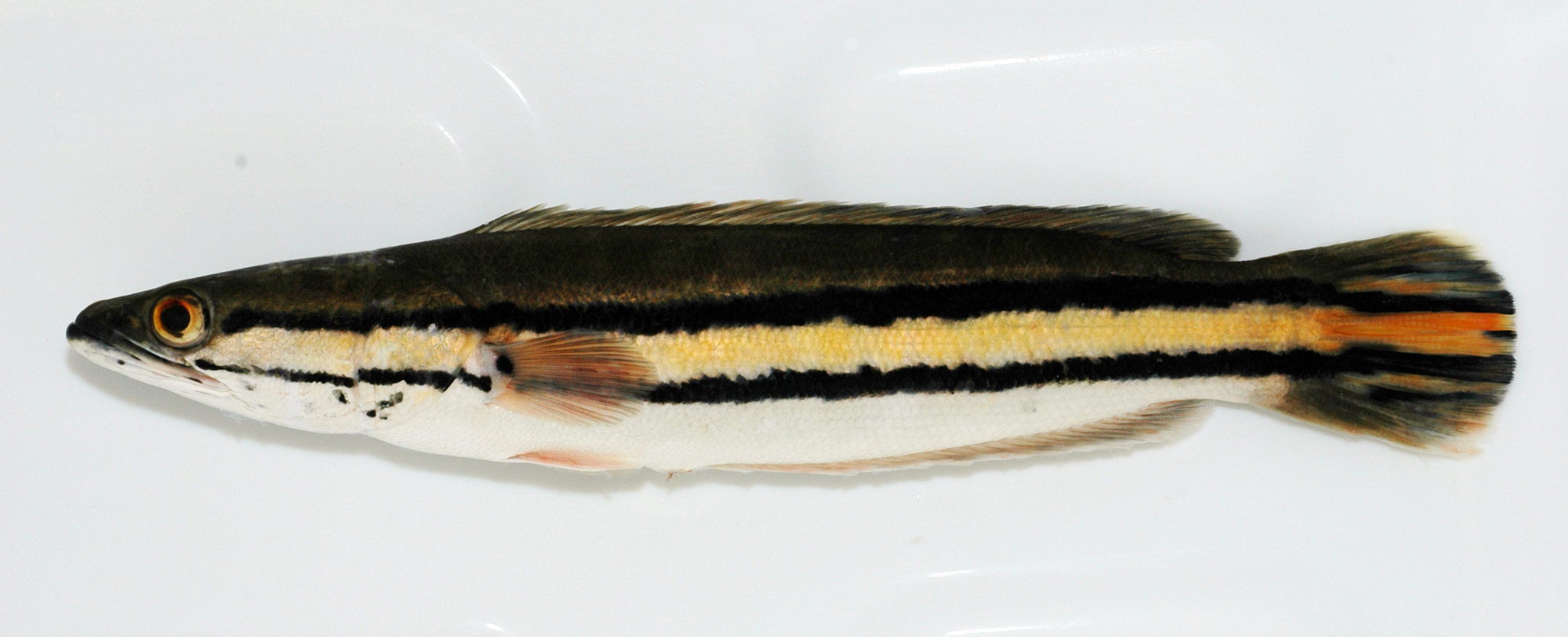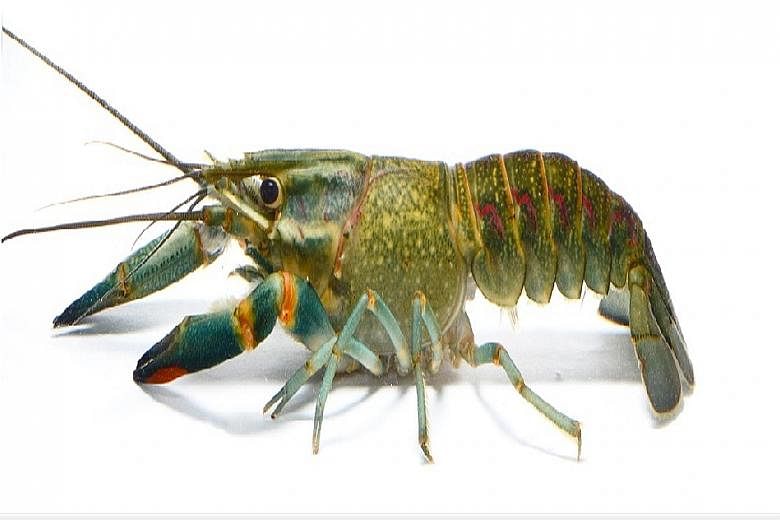Singapore's native fish are no longer masters of their inland domains - they have been overwhelmed by invasive species, which make up over half the country's freshwater denizens now.
And few local fish stand a chance against voracious predators lurking in reservoirs such as giant snakeheads, arowana and peacock bass.
Of 88 freshwater fish species here, 52 are alien, compared to 31 alien species out of a total 68 in 2007.
"If a native fish encounters any of these large predatory non-native fish, they will not stand a chance," said ichthyologist (fish specialist) Dr Tan Heok Hui, museum officer at the Lee Kong Chian Natural History Museum.
Alien species refer to animals or plants which are not native to a particular ecosystem.
Many of the fish that first made their way into reservoirs here were released by aquarium hobbyists.
And the figures may represent the tip of the iceberg.
The National Parks Board, national water agency PUB and the Agri-Food and Veterinary Authority of Singapore say the list is by no means exhaustive - it does not account for aliens in other freshwater bodies such as forest streams and urban canals.
Examples of alien fish species include the highly adaptable African sharptooth catfish, which was first spotted in the 1990s and seems to have displaced smaller native catfish in habitats such as ponds, reservoirs and canals.
There is also the freshwater stingray, which is capable of injecting venom through a sting at the base of its tail. The authorities say its establishment in Singapore was confirmed in 2010 when a qualitative survey was conducted of the Upper Seletar Reservoir.
Most alien species are known to be hardy and are capable of establishing quickly in new environments, the three agencies say.
They multiply in large numbers and compete with the native species for food and shelter.

-
IN THEIR WATERY ELEMENT
-
RED-CLAW CRAYFISH
First spotted in Singapore in the 2000s, this crayfish can grow up to 25cm in length and is found in places such as reservoirs, ponds and, more recently, natural streams. It is established here and seems adaptable. The northern Australian and Papua New Guinea native is omnivorous and, while it looks similar to a lobster, it is from a different family. Crayfish are freshwater species and are usually smaller than saltwater-loving lobsters when fully grown. (Lobsters are marine species.)
-
GOLDEN APPLE SNAIL
First spotted in the 1980s, it can be found in habitats such as reservoirs, ponds and canals.
It feeds on algae and aquatic plants, is highly adaptable and could have displaced native apple snails around South-east Asia.
There are reports overseas of such snails carrying disease-causing parasites, but they are not harmful to humans unless eaten raw or improperly cooked.
-
GIANT SNAKEHEAD
This large, ferocious fish species can reach over 1m in length. It can be found in many reservoirs - which resemble its native habitats in large lakes and rivers in parts of the surrounding region.
It is very protective of its young and will attack anything that it perceives as a threat.
FRESHWATER AND INVASION BIOLOGY LABORATORY, NATIONAL UNIVERSITY OF SINGAPORE
•For more information on other alien species, look up the Web special on http://str.sg/ZNtu
These alien species can also upset the ecosystem balance by altering the vegetation structures and aquatic community composition, and posing a threat to the endemic creatures which tend to have "more specific niches".
For instance, freshwater streams with a large number of the invasive Barcheek goby have significantly fewer of the native Bigmouth Stream goby.
Experts say regular monitoring of freshwater habitats would be useful in detecting newly introduced species quickly, so that management measures, for instance, can be implemented fast.
Beyond their numbers, there is also a need to consider other factors like the "persistence" of alien species, the scientists add.
Assistant Professor Darren Yeo of the National University of Singapore's department of biological sciences pointed out: "In some cases, certain alien species may disappear or decline after a few years for any number of reasons... They may get replaced by another alien species, or become less popular as pets and so fewer are released, or simply not be able to thrive here in the longer term."
Others, such as the golden apple snail, seem to be thriving.
The authorities have for years been promoting public awareness of this issue. An annual campaign "Operation No Release", for instance, aims to discourage the release of animals or unwanted pets into parks and nature reserves.
First-time offenders caught releasing animals may be charged under the Parks and Trees Act and could be fined up to $50,000, jailed up to six months, or both.


